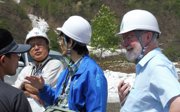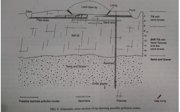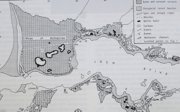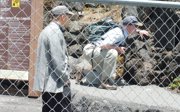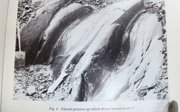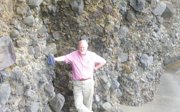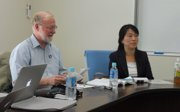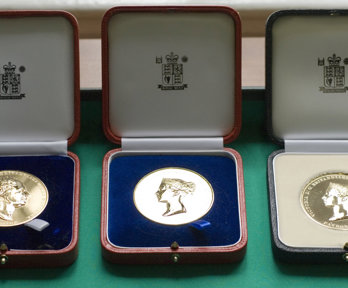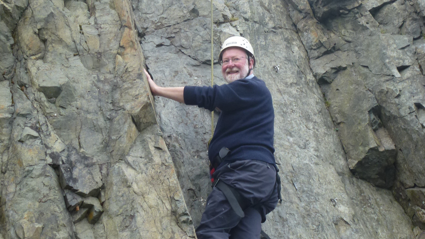
Q&A with Professor Murray Gray
Read our interview with 2025 Busk Medal recipient, Professor Murray Gray.
Professor Murray Gray is the recipient of the Busk Medal for conservation research in geography.
I look forward to the day when biodiversity and geodiversity are treated as equally important for science and society.Murray Gray

How did you get into this field of work?
"Geography was my favourite subject at school, so I chose to study it at the University of Edinburgh, but also did two years of geology. I went on to do a PhD at Edinburgh, working on the glacial landforms and ‘raised beaches’ on the Scottish west coast around Oban and the Isle of Mull. After completing the PhD in three years I was appointed as a Lecturership in the Geography Department at Queen Mary College (as it was then).
"In subsequent years, I continued to research glacial geomorphology projects in Scotland, Wales and East Anglia. In 1991 I was elected as a District Councillor and sat on, and eventually chaired, the Council’s Planning Committee. I was also appointed to the Broads Authority (equivalent to a National Park Authority) and I chaired its Planning Committee as well.
"These roles gave me many insights into how planning and environmental management work in the UK. As a result of this I changed my research focus onto geoconservation, the conservation of geomorphological landforms and processes."
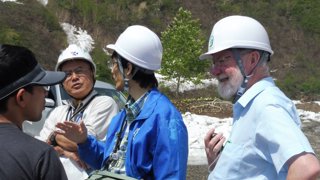
What has been the highlight of your career?
"After being Head of Department and Dean of the Faculty, I was given a sabbatical year off in 2002-2003 and decided to write a book, eventually with the title Geodiversity: valuing and conserving abiotic nature (2004, second edition in 2013).
"This was only possible because of my experience in geomorphology, geology, planning and environmental management. I regard this as the highlight of my career as it has led to many invitations to speak at conferences around the world.
"It has also led to working with three other scientists to have UNESCO designate the 6 October each year as International Geodiversity Day."
What role do you do now and how would you describe my work?
"Although now retired from Queen Mary University of London, I continue to write and lecture. My work now is still concerned with geodiversity, the abiotic equivalent of biodiversity, or the non-living part of nature covering minerals, rocks, fossils, landforms, topography, geomorphological processes, soils, hydrology etc.
"Until around 1980, most writers on nature understood that it comprised both living and non-living components – a physical planet with a living skin. However, from 1980 onwards there was a steady change to what we have today, which is a situation in which nature has become almost synonymous with biodiversity.
"So, my work now is in working with others to try and reverse this trend by writing about the connections between the physical and biological worlds and publishing in ecological journals. Only if this is recognised will nature conservation be fully effective. I also try to explain how society benefits from living on a geodiverse planet (geosystem services)."
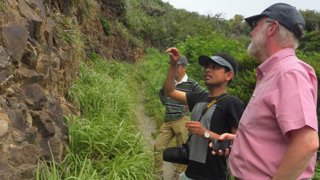
What are you looking forward to in the future?
"I look forward to the day when biodiversity and geodiversity are treated as equally important for science and society."
What legacy do you hope you’ll leave?
"That nature is more than plants and animals and that geodiversity is their foundation."
Sign up to our newsletters
We regularly host exhibitions as well as in-person and online events, including our Monday night lectures (members only) and regional events.
Would you like to stay up to date about our upcoming events and news? Log in, or create an account, and sign up for our newsletter.
